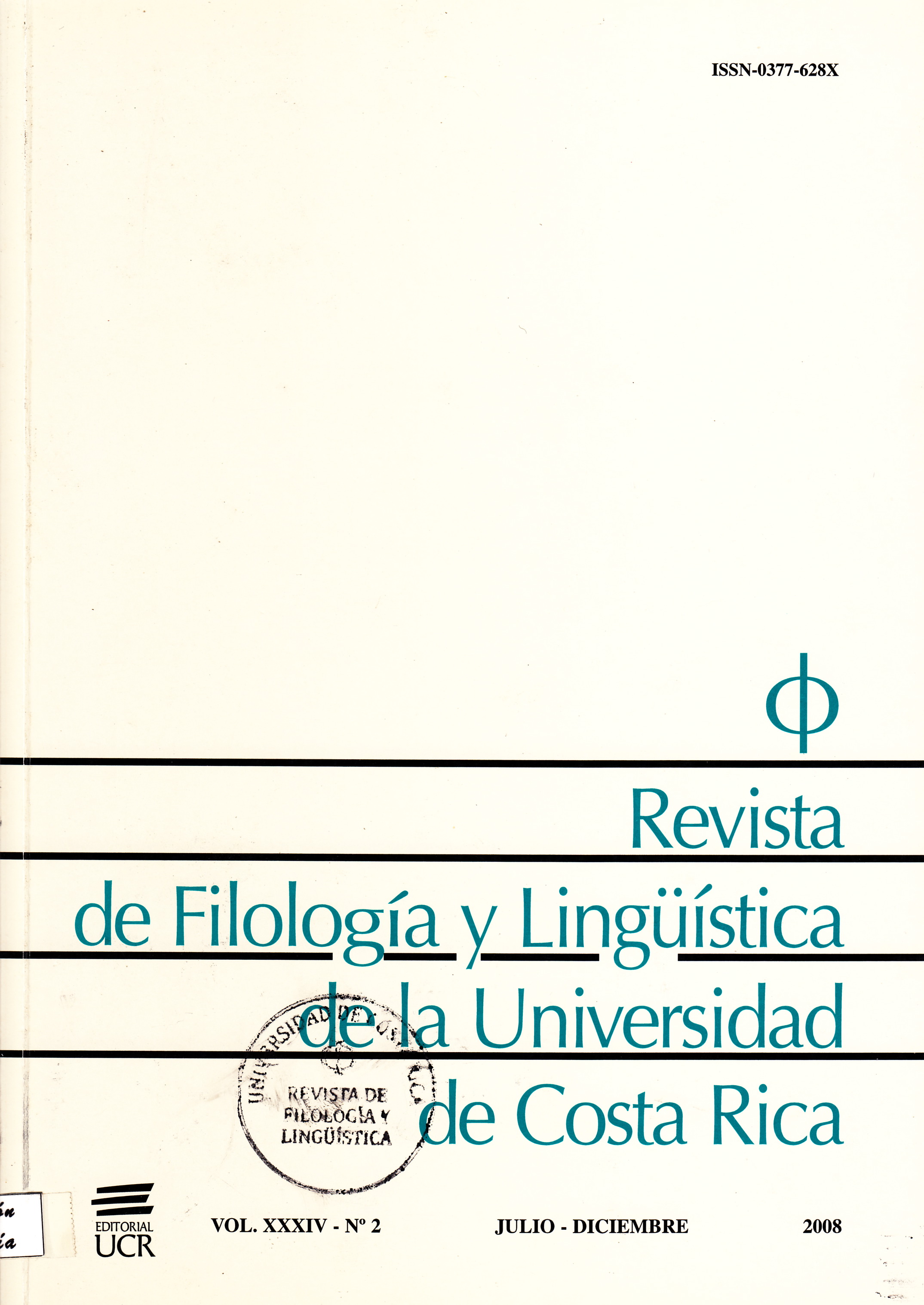Abstract
Las expresiones idiomáticas producen “categorías populares”, que son conceptos estables y claves que moldean nuestro entendimiento cotidiano. Las expresiones traen escenas o imágenes, que requieren ser transformadas en las categorías populares en juego. Se describen dos procedimientos que logran este propósito. Ambos involucran operaciones esquemáticas de origen kantiano y de la lingüística cognitiva.Literaturhinweise
Fauconnier, Gilles & Mark Turner. 1996. “Blending as a Central Process of Grammar”. En Goldberg (ed.) 1996: 113-130.
Fauconnier, Gilles. 1997. Mappings in Thought and Language. Cambridge: Cambridge University Press.
Goldberg, Adele (ed.). 1996. Conceptual Structure, Discourse and Language. Stanford: Center for the Study of Language and Information.
Lakoff, G.& Mark Johnson. 1980. Metaphors We Live By. Chicago: The University of Chicago Press.
Lakoff, G. & Mark Turner. 1989. More than Cool Reason. Chicago: The University of Chicago Press
Lakoff, George. 1993. “The Contemporary Theory of Metaphor” en Ortony (ed.) 1993: 202-251.
Ortony, Andrew (ed.). 1993. Metaphor and Thought. Cambridge: Cambridge University Press.
Rivano, Emilio.1997. Metáfora y Lingüística Cognitiva. Santiago de Chile: Bravo y Allende Editores
(2002). Seven Lessons on Metaphor. Concepción: Universidad de Concepción & Bravo y Allende Editores.
(2004). De las Expresiones Idiomáticas. Concepción: Cosmigonon. Serie Lingüística Universidad de Concepción.

